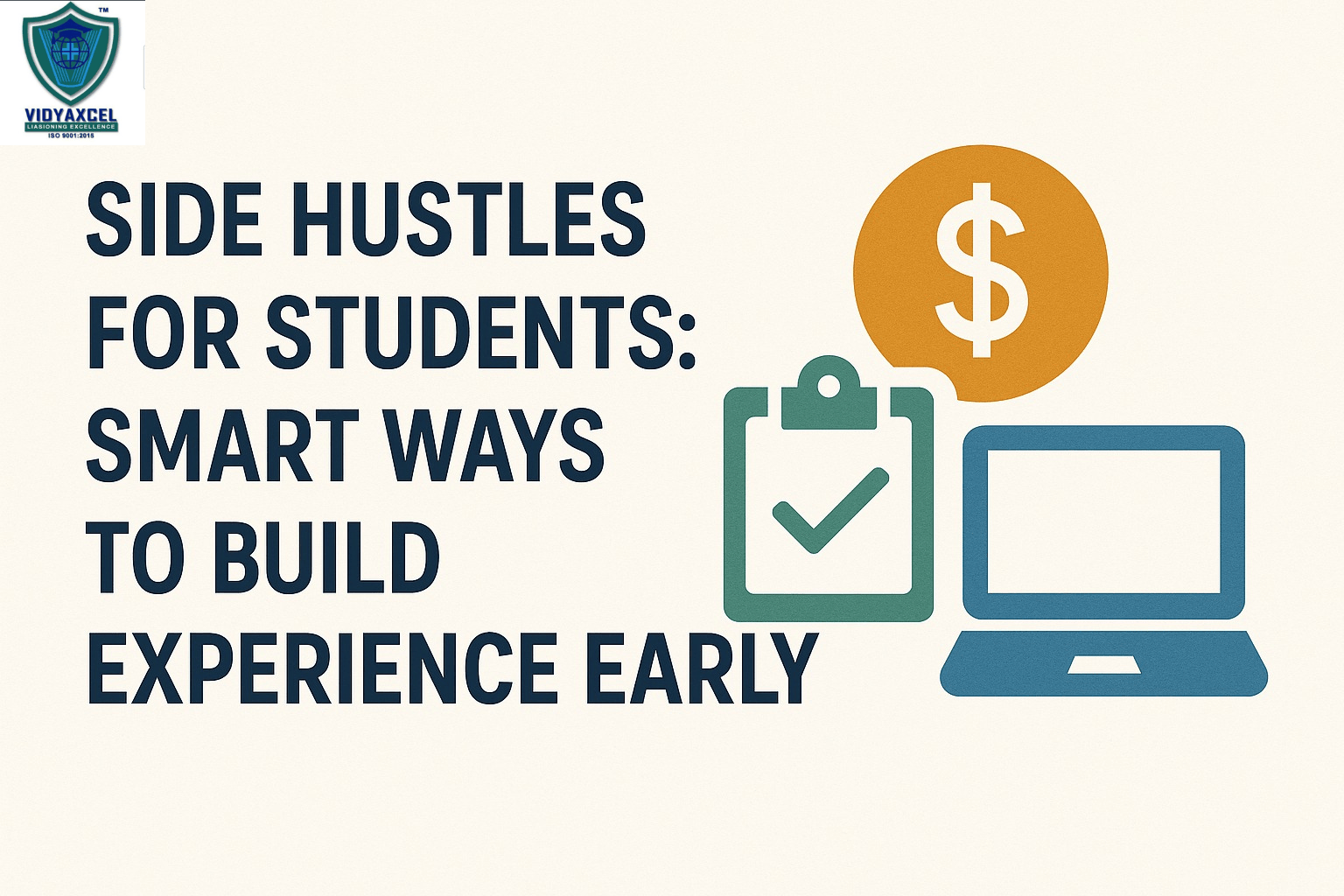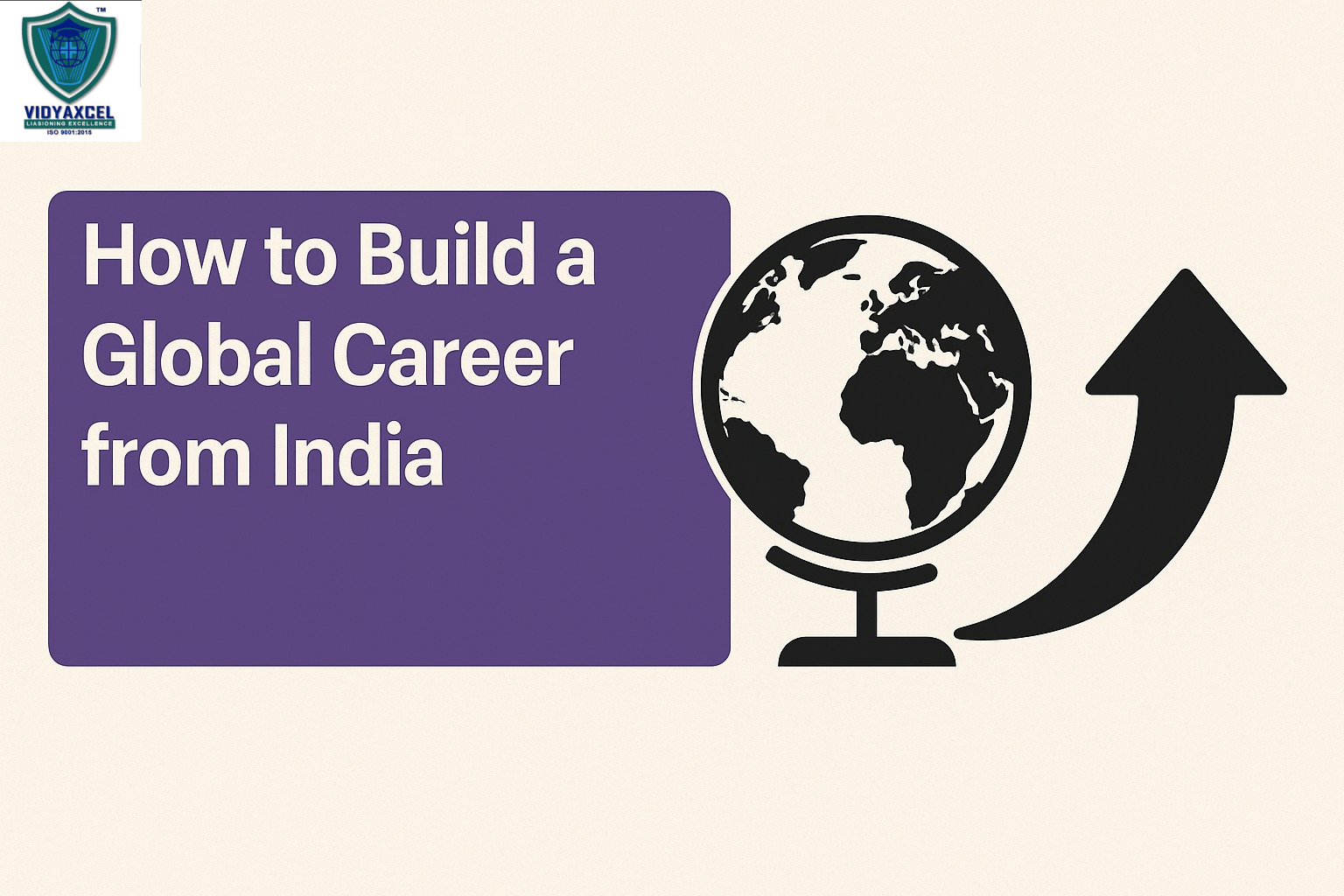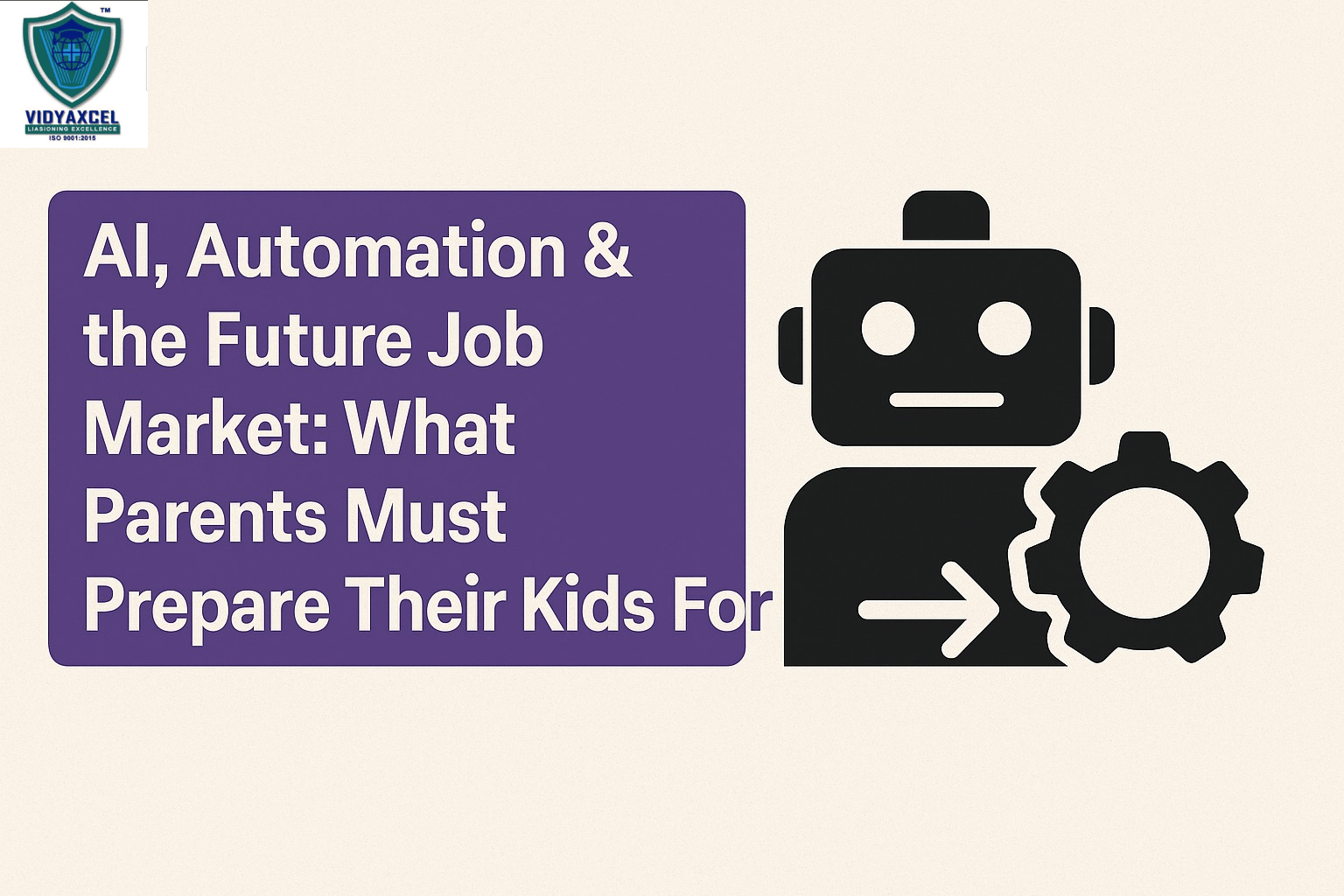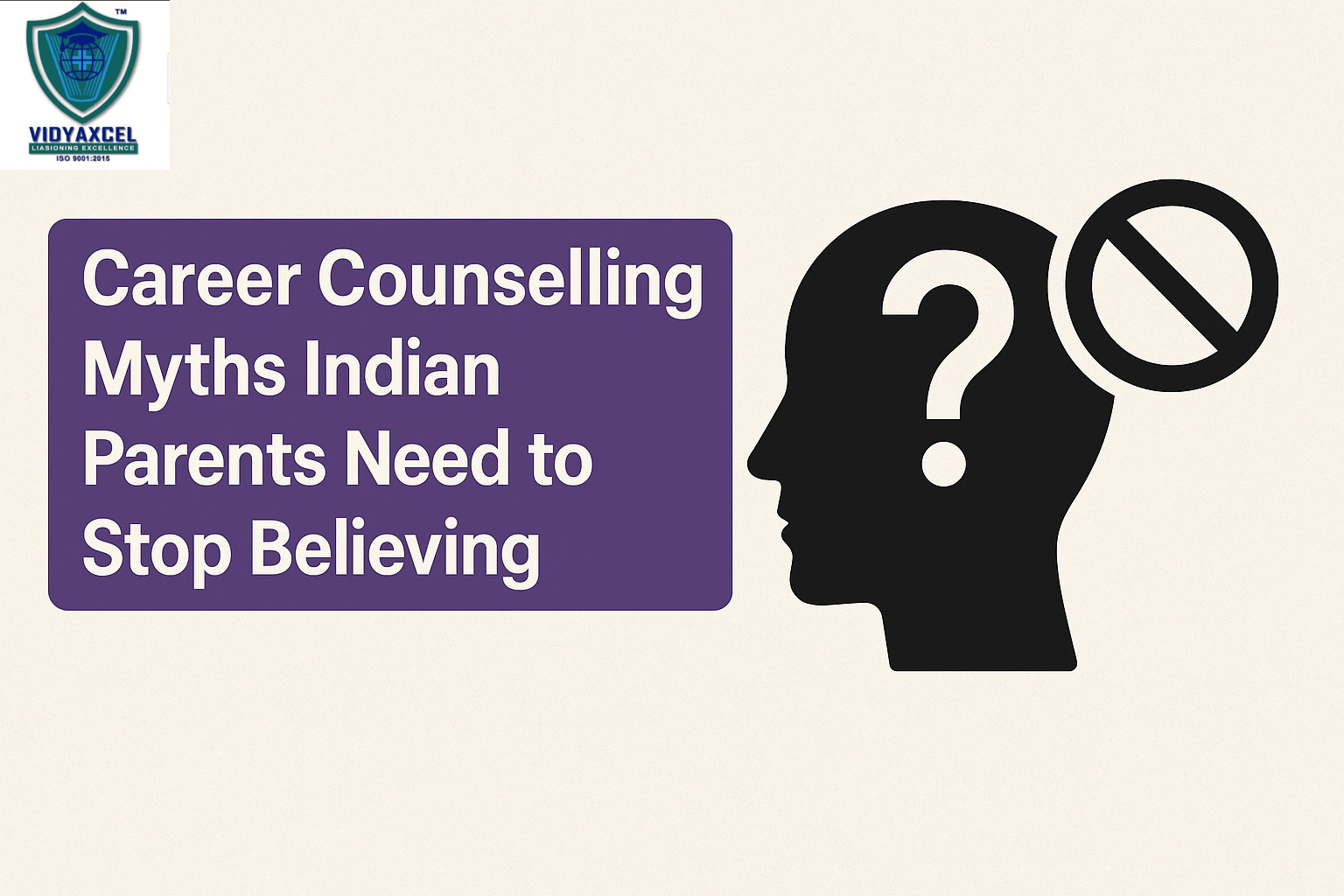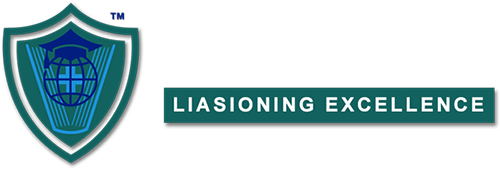Blog Details
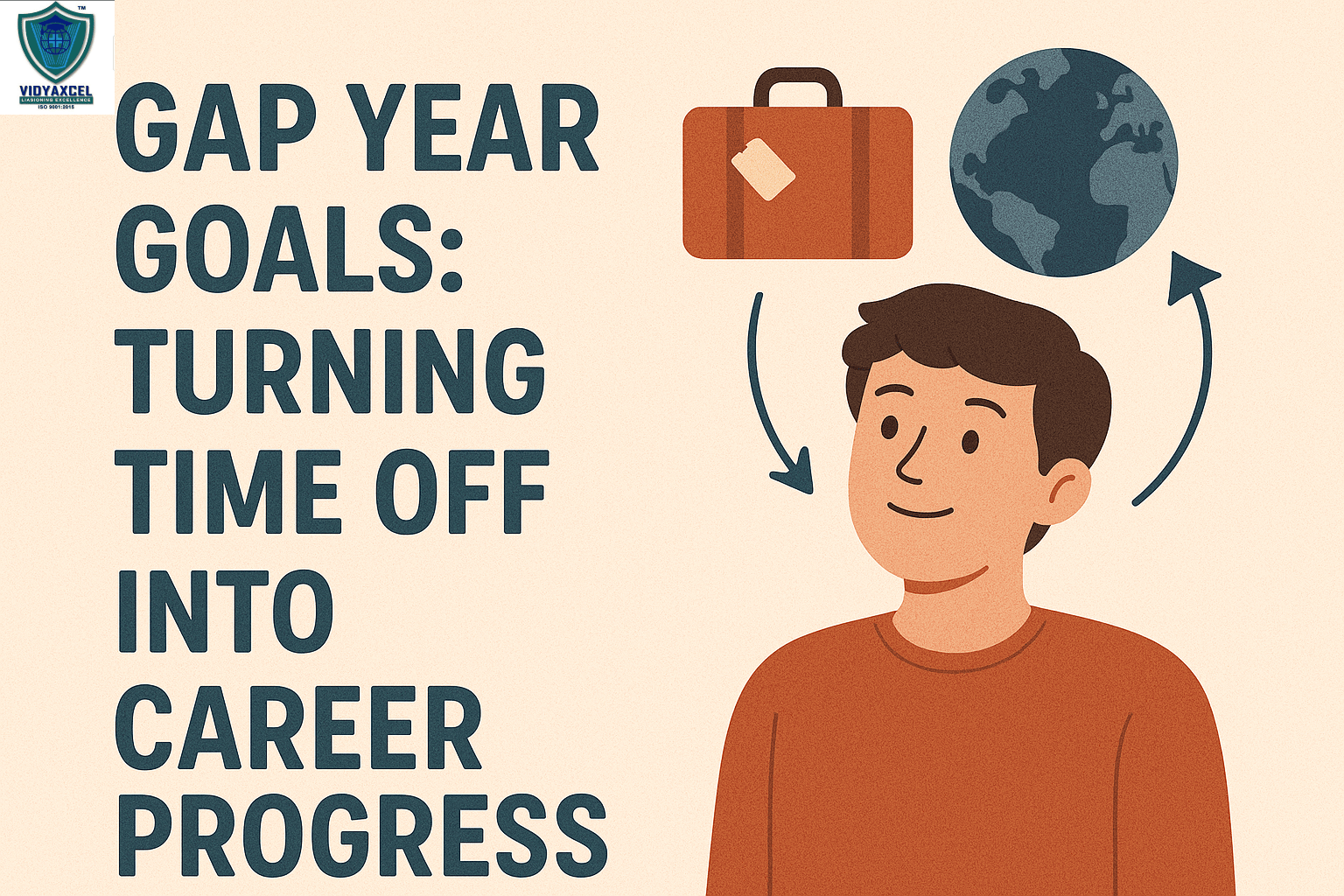
19Jun
Gap Year Goals: Turning Time Off into Career Progress
A gap year—once seen as a luxury or an aimless break—is now considered a strategic pause that, when used wisely, can add immense value to personal growth, career clarity, and long-term success. Whether taken after high school, college, or during a career transition, a gap year can help individuals recalibrate their goals, build real-world skills, and return with renewed focus.
But a meaningful gap year doesn’t just happen by accident—it requires intentionality, planning, and reflection.
In this article, we’ll explore the benefits of a gap year, structured ways to utilize the time, real-world success stories, and how to turn that “year off” into career momentum. The final section answers common FAQs for students and parents alike.
What is a Gap Year?
A gap year is a planned break—typically lasting several months to a year—taken between life phases (commonly between high school and college, or college and career) with the goal of pursuing personal, educational, or professional development outside of a traditional classroom or job setting.
Why Take a Gap Year?
|
Reason |
Purpose & Impact |
|
Burnout Recovery |
Rest and reflect before jumping into academic or work life |
|
Career Clarity |
Explore interests, shadow professionals, test career ideas |
|
Skill Development |
Gain practical, transferable skills |
|
Financial Preparation |
Work to save for college or other goals |
|
Mental Health and Wellness |
Heal, grow emotionally, and build resilience |
|
Global and Cultural Exposure |
Learn languages, travel, and adapt to new environments |
Top Benefits of a Well-Planned Gap Year
✅ 1. Improved Academic Performance
Studies show that students who take a structured gap year tend to perform better in college because they return more mature and focused.
✅ 2. Real-World Perspective
Experiencing life outside of school provides context to classroom learning and helps build empathy, independence, and problem-solving abilities.
✅ 3. Career Alignment
Hands-on internships, volunteering, or research during a gap year helps students clarify what they do or don’t want in their future careers.
✅ 4. Skill Acquisition
Gap years are ideal for learning in-demand skills like:
- Foreign languages
- Coding or tech tools
- Communication and leadership
- Budgeting and time management
✅ 5. Networking and Mentorship
Working or traveling during a gap year helps build meaningful connections that may open doors later.
How to Plan a Productive Gap Year
Step 1: Define Your Goal(s)
Ask: What do I want to achieve—clarity, skill-building, income, personal development, or all of the above?
Step 2: Create a Flexible Timeline
Map out how you’d like to use your time:
- First 3 months: Volunteer + Online course
- Next 3 months: Internship
- Last 6 months: Travel + Passion project
Step 3: Set SMART Objectives
- Specific: Learn basic French
- Measurable: Complete A2 certification
- Achievable: 10 hours/week
- Relevant: For international study
- Time-bound: In 3 months
Step 4: Budget Wisely
Consider how you’ll fund your year. Options:
- Freelancing or part-time work
- Gap year scholarships
- Saving before the break
- Family support
Step 5: Document Your Journey
Maintain a journal or blog. This creates a narrative for college essays, job interviews, or your resume.
Meaningful Gap Year Activities (With Career Impact)
|
Activity |
Career Benefit |
|
Volunteering Abroad |
Builds cross-cultural and leadership skills |
|
Internships |
Hands-on experience, professional references |
|
Online Courses |
Certifications in coding, business, design, etc. |
|
Language Immersion |
Global employability boost in business/diplomacy sectors |
|
Starting a Blog/YouTube |
Showcases initiative, communication, digital branding |
|
Freelancing |
Build a portfolio and gain income |
|
Travel with Purpose |
Learn adaptability, logistics, storytelling |
|
Research or Field Work |
Ideal for academic or STEM career interest |
|
Family or Caregiving |
Builds empathy, patience, and real-life management skills |
Gap Year Success Stories
🌟 Nina (India → Germany)
Took a gap year to intern with a startup and learn German. Later got accepted into a German public university and now works in Berlin.
🌟 David (USA → Kenya)
Volunteered with a wildlife NGO for 6 months. Developed an interest in conservation and now studies environmental science.
🌟 Anjali (India)
Took a year off before MBA to freelance in graphic design. Built a strong portfolio, gained clients, and discovered her niche in UX/UI design.
Mistakes to Avoid During a Gap Year
|
Mistake |
How to Avoid |
|
No clear goal |
Define objectives before you start |
|
Procrastination or no structure |
Create a daily/weekly schedule |
|
Only leisure, no growth |
Balance rest with learning or work |
|
Not documenting achievements |
Keep a portfolio, journal, or blog |
|
Not discussing with stakeholders |
Align plans with parents, mentors, or financial backers |
Making Your Gap Year Resume-Ready
✅ Add it under “Professional Experience” or “Projects”
Example:
Content Creator | Freelance
Jan–June 2025
- Created 20+ blog posts on environmental awareness
- Reached 10,000+ readers through SEO and social sharing
✅ Use Action Verbs
“Led”, “Created”, “Managed”, “Initiated”, “Researched”
✅ Highlight Transferable Skills
Time management, cultural intelligence, leadership, adaptability
Gap Year and College Admissions
Good News:
Most colleges (especially in the U.S., UK, and Europe) encourage gap years, particularly when students use the time constructively.
How to Present It:
- In essays, reflect on what you learned
- Show personal and professional growth
- Mention any certifications, work, or projects
Gap Year Programs and Platforms
|
Platform |
Description |
|
Year On (USA) |
Personal development and leadership programs |
|
EF Gap Year |
International learning and travel-based experiences |
|
Gap Year Association |
Resources for planning and funding gap years |
|
Workaway / WWOOF |
Volunteering and cultural exchange |
|
Interns Hala |
Indian internships, projects, and online courses |
|
Udemy / Coursera |
Skill-building through certified online learning |
Best Time to Take a Gap Year
|
Life Stage |
Ideal Gap Year Timing |
|
Post High School |
Before college – explore passions and build maturity |
|
Mid-College |
Between 2nd and 3rd year – pursue internships or study abroad |
|
Post-Graduation |
Before entering the workforce – clarify goals, upskill |
|
Career Break |
For burnout recovery, skill change, or personal growth |
Conclusion
A gap year isn’t a wasted year—it’s an invested year when done with intention. Whether you're trying to find your passion, build your resume, or reset your mindset, a gap year can accelerate your path to personal and professional success.
The key is to approach it not as time off, but as time on purpose.
“Sometimes you find your life’s direction when you step off the path for a moment.”
FAQs
1. Is taking a gap year bad for college or job prospects?
Not at all! If used productively, it shows initiative, independence, and self-awareness—qualities colleges and employers appreciate.
2. Can I afford to take a gap year?
Yes. A gap year doesn’t have to mean expensive travel. Many choose work-based, local, or online options that are low-cost or income-generating.
3. What if I don’t know what to do during my gap year?
Start by identifying what you want to learn, try, or solve. Explore volunteering, online learning, shadowing professionals, or short-term internships.
4. Will I fall behind my peers if I take a gap year?
Not if you plan it well. In fact, a meaningful gap year can give you an edge in maturity, clarity, and skills.
5. Can I defer college admission for a gap year?
Many colleges (especially abroad) allow deferred admission for a year if you explain your gap year plans. Check with the institution directly.
Our Office: West Bengal, Maharashtra & Delhi.
For More Infomation about admission in Medical, Engineering, Management & Study in Overseas Details.
View Current Study Overseas, Medical, Engineering & Management Admission Details Video.
